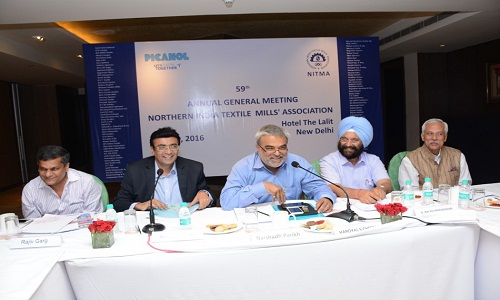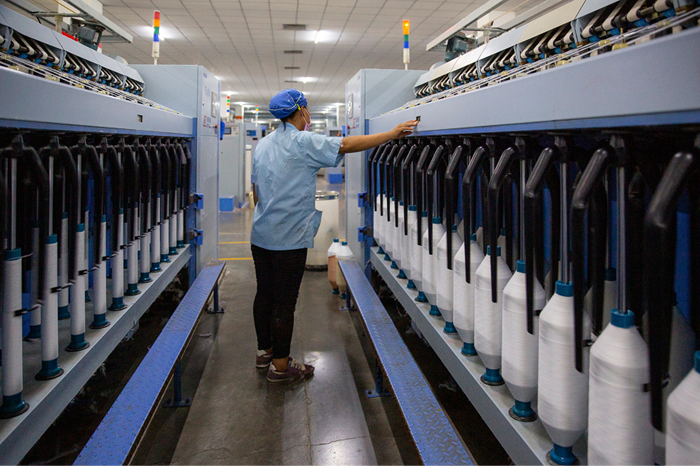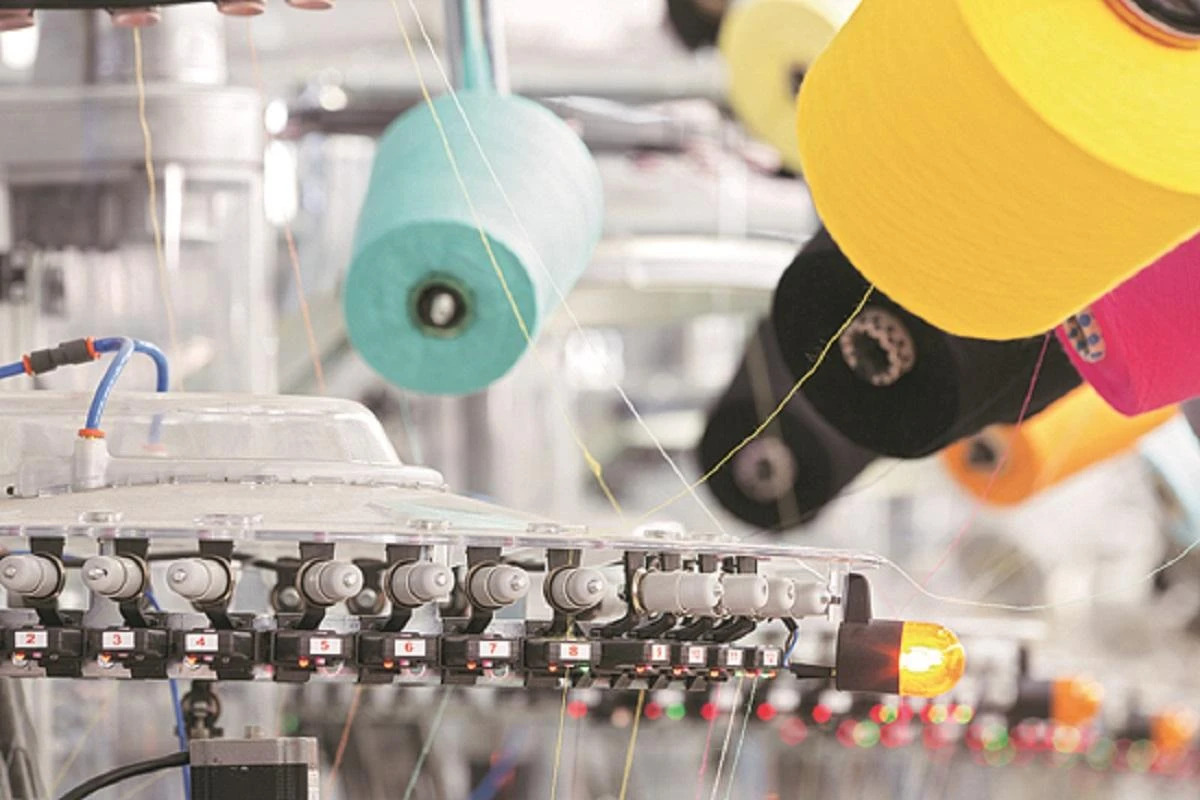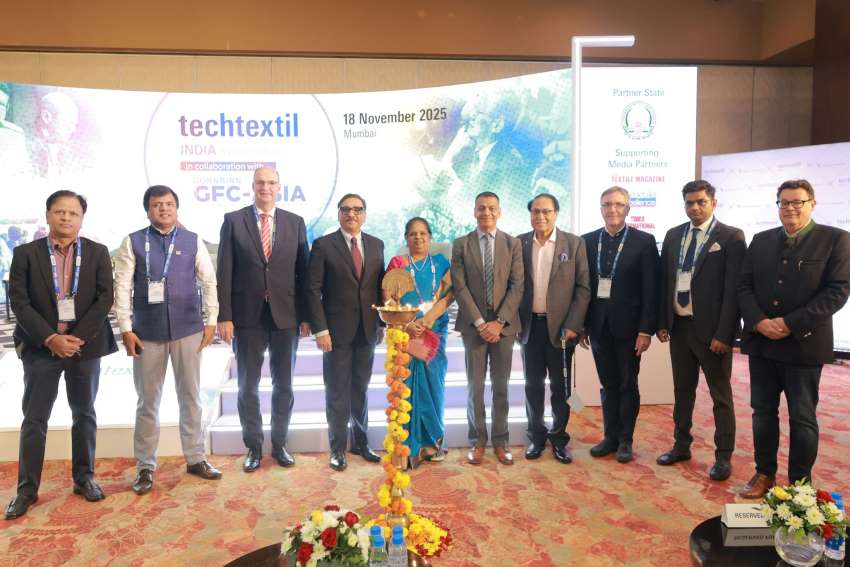"For decades India’s textile industry has been cotton based with more than 60 per cent of the textiles skewed towards cotton. While world over man-made fabric has around 60 per cent share and cotton is less than 40 per cent, in India it is reverse primarily because cotton is the largest produced crop across 10 states in the country. India became the largest cotton producer surpassing China in 2014-2015 and continues its lead for the subsequent year."

For decades India’s textile industry has been cotton based with more than 60 per cent of the textiles skewed towards cotton. While world over man-made fabric has around 60 per cent share and cotton is less than 40 per cent, in India it is reverse primarily because cotton is the largest produced crop across 10 states in the country. India became the largest cotton producer surpassing China in 2014-2015 and continues its lead for the subsequent year. Despite maintaining its lead in global cotton production, India finds itself facing few major concerns including declining harvested area, yield and pests.
Concerns over declining area and higher prices

As per Northern India Textile Mills’ Association (NITMA ), India’s surplus cotton has dwindled, leading to competition between exports and domestic usage, now industry has been forced to import in end season. India is also struggling with one of the weakest stock to use ratio of 12 to 15 per cent against world average of 80 per cent. Adding to this, India’s domestic cotton prices are much higher than international prices and value added industry especially spinning has been suffering despite a strong cotton crop. In 2013-14, India had its largest ever crop of 390 lakh bales yet for nine months of the season, Indian prices were higher than global prices. In 2015-16, prices jumped up 50 per cent in two months and industry had to import, as 20 per cent crop had been exported earlier to competing nations.
The situation is becoming increasingly alarming as the country doesn’t have sufficient surplus cotton, however, exports are strong leading to forced imports at high prices at end season. Also, with countries like Pakistan, Bangladesh, Vietnam, China etc, buying 20 to 30 per cent of our crop, the industry is being forced to import. A statement by NITMA reveals, FY-2016-17 exports are same as 2015-16, domestic mills will face lack of raw material despite high imports. Moreover 2016-17 cotton balance sheet is precarious as sowing is 10 to 15 per cent less and low opening stock. Also, there has not been proper mechanism for measuring crop arrivals and forecasting crop which doesn’t give an industry insight. The uncertainty and concern also stems from the fact that India does not have a clear cotton fibre policy yet.
Domestic mills faces challenge without clear cotton policy
To address rising concerns, NITMA recommends the government interference to ensure sufficient availability of cotton at competitive prices to the industry – otherwise the industry would find it difficult to move up the value added chain and become a large manufacturer of textile products like China, Bangladesh etc and it could instead be rendered as a supplier of raw material like African, CIS nations. Addressing these concerns Sanjay Jain, NITMA President & Deputy Chairman, NITRA says “Allow funding for cotton stocking at subsidized rates of 2 per cent below the base rate for the period October – April, so that industry can stock cotton and ensure farmers get a better price. A system of direct subsidy should be started for farmers when cotton kapas prices fall below MSP.” Insisting on developing a scientific measurement system to forecasts crop arrival he adds “It needs to be conducted by an independent agency. This would avoid mishaps of 2013-14 and 2015-16 where incorrect crop estimates lead to huge losses for the industry as it induced domestic prices going above international prices for a large part of the season.”
NITMA also suggested the creation of a Cotton Board with a clear mission and goal to take India’s productivity to 1,000 kg of lint/hectare by 2020. Jain says “Farmers earnings growth needs to come from productivity and efficiency rather than industry paying more for fibre – this is only way to protect interests of both farmer and industry. There is good scope for increasing yield if agronomy research is taken up & farmer is given knowledge on Precision Farming Techniques.” As the farming techniques differ from area to area, Jain also advocated the idea of scientifically determining the area for accurate and latest forecasting . Further he strongly opines “there should be no discrimination between small and big players – both should be on the same footing government intervention should not lead to unpredictability and uncertainty of supply flow for the industry.”












